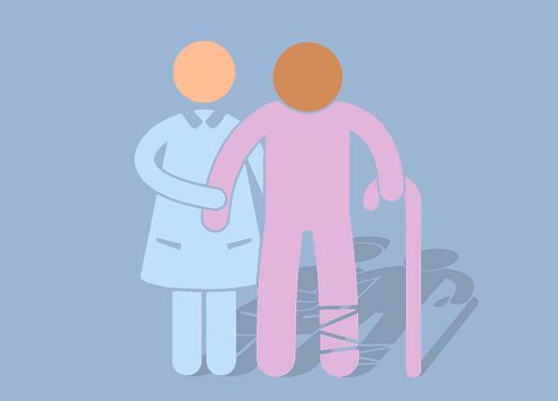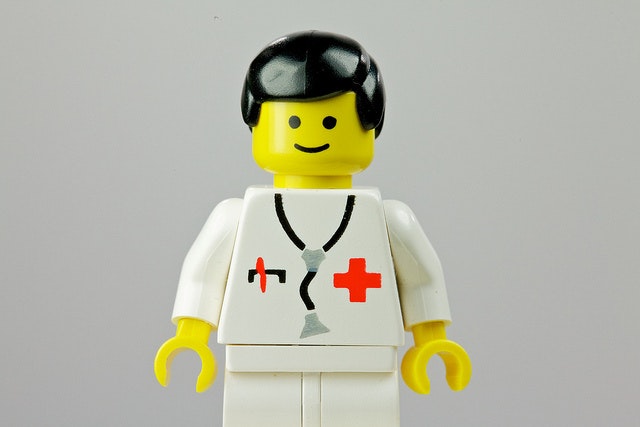Healthcare innovation is an important topic. In 1928, an invention called an iron lung saved the life of an eight-year-old girl with polio. The cumbersome, coffin-like contraption, created by Harvard professor Dr Philip Drinker, used an electric motor connected to two vacuum cleaners. All but the head of the patient was placed inside an air-tight chamber, and through the huge bellows attached, the patient’s lungs were pumped and emptied of air until they could breathe again. This could take hours, days, or weeks.
Iron lungs, hailed at the time as a triumph of healthcare innovation, saved the lives of thousands of children from polio-related deaths and catalysed global interest in the device.
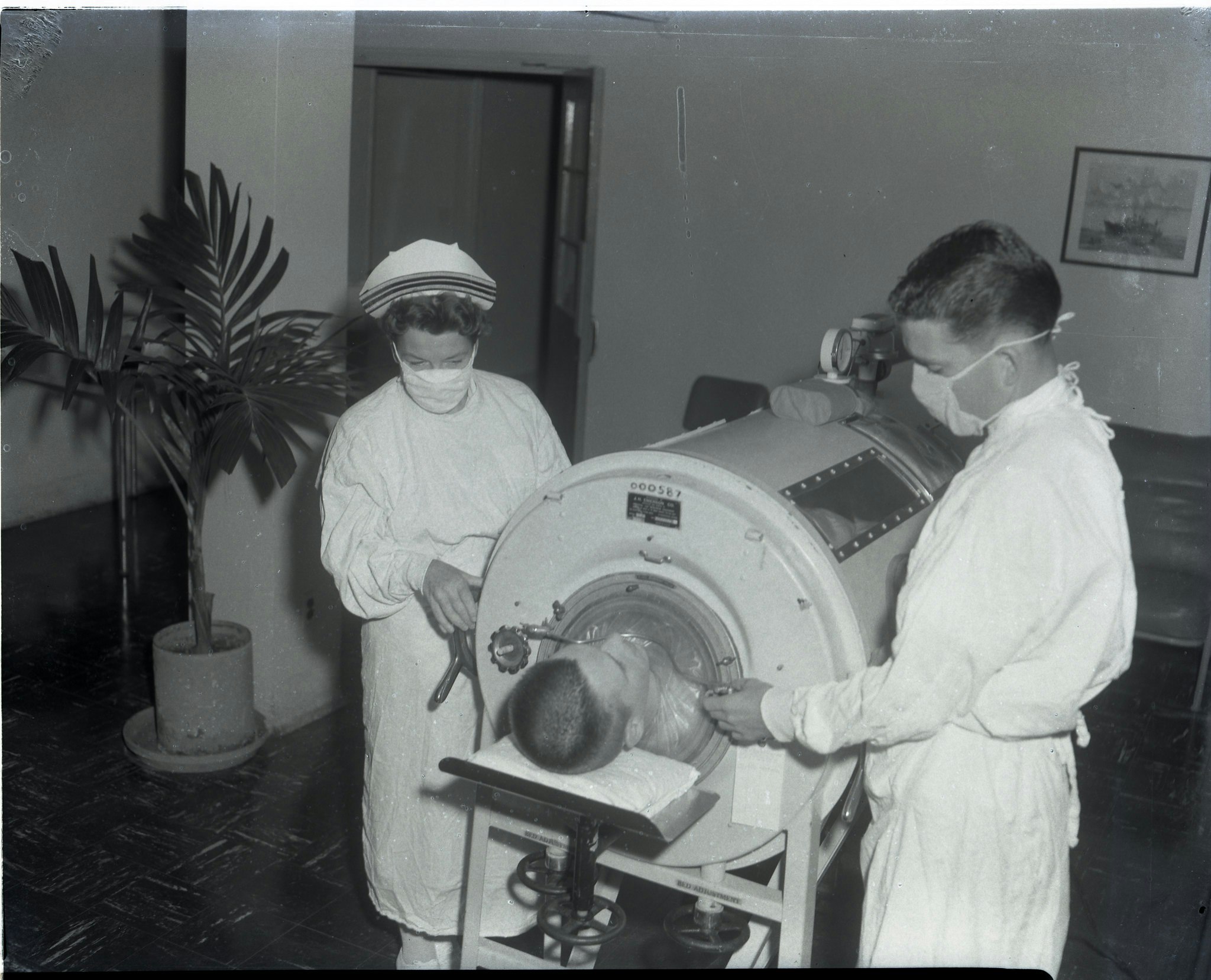
Meanwhile, a few medical researchers began working on an alternative approach to tackling polio; a “deep tech” approach, you could say. They were trying to train the immune system to fight off the polio infection before it started damaging nerves and muscles.
Do I invest in making more iron lungs, or should I take a risk and invest in a polio vaccine?
Early attempts were effective but raised serious questions about side effects, some of which proved disastrous. Several subjects died of polio, many were paralysed, made ill, or suffered allergic reactions to the vaccine. Why not simply invest in better iron lungs? People asked. Or indeed, more of them? These were expensive machines and not everyone could get access to them.
In my career as a health tech VC, and before as a medical researcher and doctor, I have faced a version of this dilemma every day. Do I invest in making more iron lungs, or should I take a risk and invest in a polio vaccine?
Last week, Sifted published an article about healthcare innovation with some excellent examples of basic things that actually work in healthcare, contrasting them with the overspun narrative that AI will save us. I agree with a lot of things in that piece.
Yes, teleconferencing is a true “here and now” innovation which will impact our healthcare system. Push Doctor, one of my own investments, has the largest teleconsultation footprint within NHS surgeries and I’m proud of that.
And yes, we do need to be addressing such problems, however mundane, in our health system. But the implication that AI is mostly hype, while the plucky techies are taking existing technologies (as Drinker did to create the iron lung) and transforming healthcare, goes too far. Livi, AccurX, Doctolib — these are necessary and valuable companies, but they are not sufficient.
Ageing, growing populations, and the increase in chronic illnesses such as obesity and diabetes are not small problems. They demand radical new solutions.
Ageing, growing populations, and the increase in chronic illnesses such as obesity and diabetes are not small problems. They demand radical new solutions built in a strong ecosystem, prepared to take some calculated risk.
Data technologies, including AI, are already helping people around the world and have potential to impact the lives of millions of people globally and improve their healthcare in ways unimagined. There are many examples of healthcare innovations that are already doing this. These companies invest heavily in R&D, are often less visible than companies which face the users directly, and therefore less recognisable.
They fall in broadly three areas:
1. Better ways to identify patients that need treatment
A good example of this is HeartFlow: available in over 30 UK NHS hospitals, the technology models 3D data from normal CT scans to measure heart vessel blockage in a single visit vs a test involving an operation. Up to 35,000 patients could be helped every year.
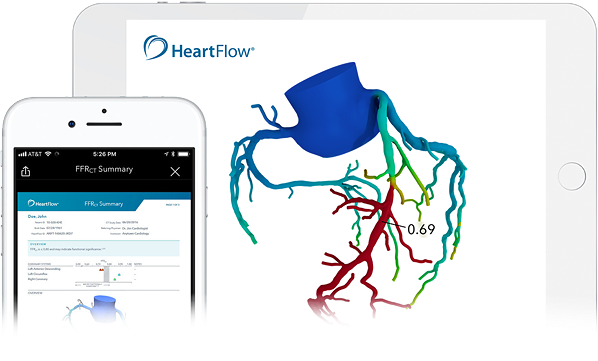
Other companies in this space include Ultromics (also heart, Oxford), Kheiron Medical (cancer, London) and MobileODT (cervical cancer, Israel).
2. Better ways to treat patients using data analytics
Ensuring patients have access to the best care at scale is obviously key. AI can help us discover ways to prevent illness and treat patients ensuring the quality of care rises, even as populations grow. Ieso Digital Health began as a simple text message service for mental health patients who were waiting in line to see a CBT therapist face to face. Now, thanks to the help of AI in how they train therapists, their recovery rates are nearly 70% against UK average published rates of under 50% for face to face therapy.
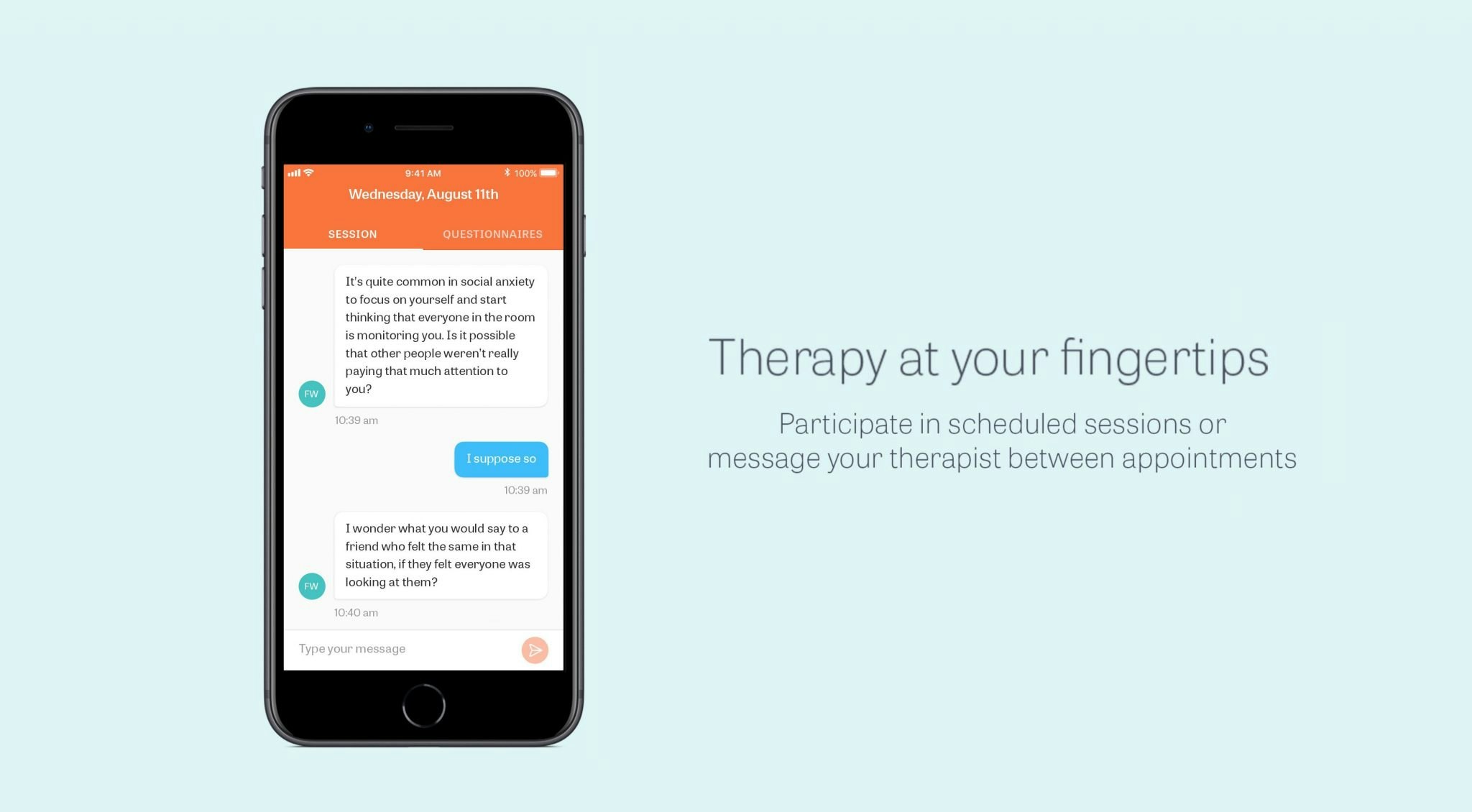
Other companies in this space include Big Health (a UK company relocated to USA) helping patients with insomnia and Quit Genius which is helping people quit smoking. Both are now available on the NHS.
3. Better ways to discover new drugs
On average it takes 10 years to find a new drug and $2.6bn in investment. AI has the potential to speed this process up and bring new drugs to market. A good example of this is Atomwise, a California-based company which uses AI to predict which chemicals will bind to which proteins in humans and is working with several pharmaceutical companies. UK-based GTN and HealX also operate in a similar space.
Iron lungs saved thousands of lives, but the vaccine saved millions. Big picture change in healthcare innovation is hard — sometimes hyped — but is, in my opinion, worth it.
Vishal Gulati is a health tech investor at European VC firm Draper Esprit.
We love it when our readers disagree with us. If you want to add something to a conversation we've started, get in touch.

